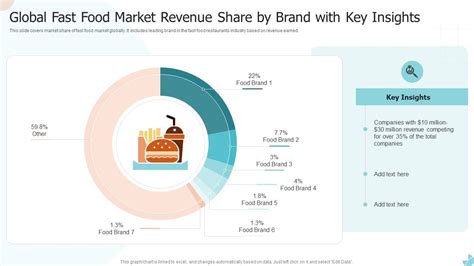“Cryptocurrency: How It Works – Understanding Key Concepts”
The world of cryptocurrency is built on a complex network of transactions and exchanges. At its core, each transaction is facilitated through a public ledger known as a blockchain. This digital record serves as a secure way to verify the ownership of assets, track who has them, and ensure that all transactions are recorded in a tamper-proof manner.
One key concept that enables this process is the use of a public key. A public key is a unique code used for encryption purposes. When you send cryptocurrency to someone else, your private key is used to decrypt it, while their public key can be used to encrypt your message or signature. This ensures the integrity and security of the transaction.
Another crucial component in facilitating transactions is
Market Order. A market order is a specific price at which an exchange will buy or sell a particular asset. Market orders are typically executed at the best available price, regardless of any changes that may occur after the initial request. This strategy helps to maintain price stability and provides liquidity to markets.
However, one significant drawback of market orders is their high
Transaction Fee

. Transaction fees are calculated as a percentage of the transaction amount and are charged by the exchange on behalf of the sender or recipient. The higher the transaction fee, the more expensive it will be to send cryptocurrency to someone else. As a result, some users may opt for alternative payment methods that have lower transaction fees.
To mitigate these costs, exchanges often use various strategies such as
Taker Makers and
Maker Taker models. In the taker maker model, an exchange pays a maker (the one who places the market order) a fixed amount of cryptocurrency per trade, regardless of whether it is profitable or not. This ensures that makers are incentivized to provide liquidity to markets.
In contrast, the maker-taker model does not pay takers (those who buy at the best available price) a fee for their services. Takers can still participate in trading with lower transaction fees compared to market orders.
Conclusion
Cryptocurrency is built on complex systems that rely heavily on public keys, market orders, and transaction fees. Understanding these key concepts is essential for anyone interested in this digital asset. By grasping how transactions are facilitated through a blockchain, how prices are executed at market orders, and the strategies used to mitigate costs, users can navigate the world of cryptocurrency more effectively.
Sources:
- “Understanding Cryptocurrency” by The Block
- “Market Order” by CoinDesk
- “Transaction Fee” by Coindesk
